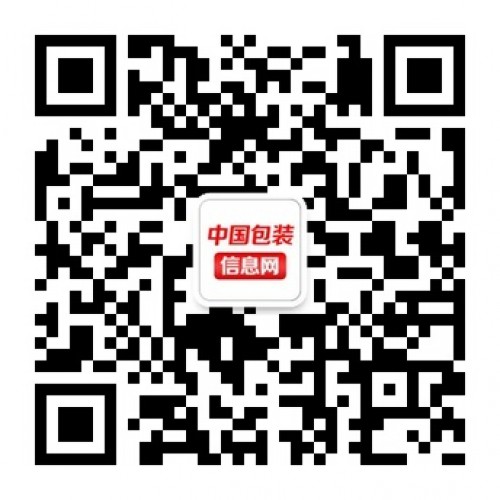Moon Cake Packaging Changes - Different Choices of Different Times
In 2015, during the Mid-Autumn Festival, there were 10 days of celebration, and mooncakes took center stage in major stores. This year's mooncakes have adopted a more simple and folk-inspired style, moving away from the previous complex and extravagant designs. Since the founding of the People’s Republic of China, mooncake packaging has evolved from basic to traditional, and now is returning to a simpler, eco-friendly approach.
Mooncake packaging began with butter paper. According to older generations, during the 1950s and 1960s, eating even a small mooncake was considered a luxury. At that time, mooncakes were scarce, and on the 15th day of the eighth lunar month, four people would share one mooncake, cutting it into four pieces. Back then, people were still struggling with basic needs, and the focus was on survival rather than presentation or packaging.
Some mooncakes were wrapped in yellowed grass or later in white paper. The best packaging at the time included butter paper, red square paper, and a paper rope, making it both practical and elegant for the time.
After the reform and opening up, food packaging, including mooncakes, saw an upgrade. Plastic bags became common, and each cost just five cents. Despite the low price, people were very thrifty, and only those who needed food would buy them.
By the 1990s, the function of mooncakes as a food item gradually weakened, and they became more like gifts. In response, packaging became increasingly elaborate, luxurious, and diverse. Shapes varied from square to round, oval, and polygonal. Traditional materials such as paper boxes, tin boxes, and plastic containers were used, while designs incorporated elements like flowers, myths, and landscapes, reflecting the beauty of the full moon.
At the same time, to attract more consumers, packaging also emphasized versatility, aesthetics, and occasionality. After the mooncakes were eaten, the packaging could still be useful, adding value beyond its initial purpose.
In recent years, mooncake packaging has returned to nature, embracing eco-friendly and natural materials. As gift culture grew, packaging costs rose significantly. Although manufacturers aimed to please consumers, the excessive use of materials and over-the-top designs created a trend that was not always sustainable.
With the government's anti-corruption efforts, luxurious mooncake packaging has declined, and the industry has shifted towards green and environmentally friendly options. Exquisite paper packaging is now the norm, and bamboo, rattan, and wooden gift boxes are gaining popularity. These sustainable choices not only showcase the creativity of designers but also offer a unique experience to consumers while minimizing environmental impact.
The evolution of mooncake packaging mirrors a person's life—starting simple, becoming complex, and eventually returning to nature. There may have been losses along the way, but the simplicity of the past often holds the most charm. Stripping away the excess, a plain cotton outfit feels more relaxed and natural. Similarly, the future of food packaging may lie in simplicity, elegance, and thoughtful design that resonates with many consumers.
For more information or inquiries, feel free to contact Gu Yingyi via mobile phone.
[Note] China Packaging Information Network is the official website of China Packaging News and China Packaging Industry Magazine.
Please scan the QR code below to follow our WeChat public platform:

Yoga Products,Silicone Band,Gym Silicone Band,Kinetic Resistance Bands
Ningbo Honor Imp & Exp Co.,Ltd , https://www.honormaket.com